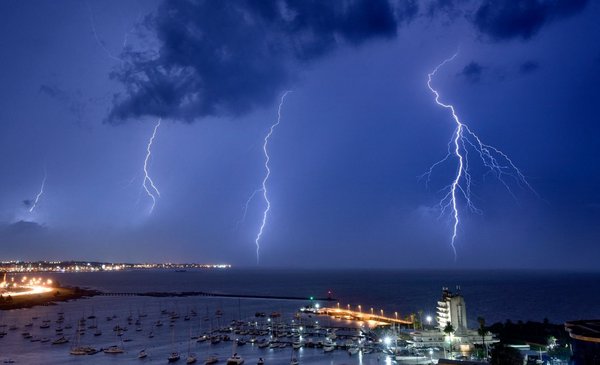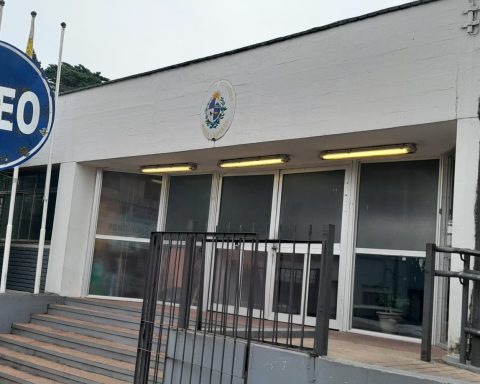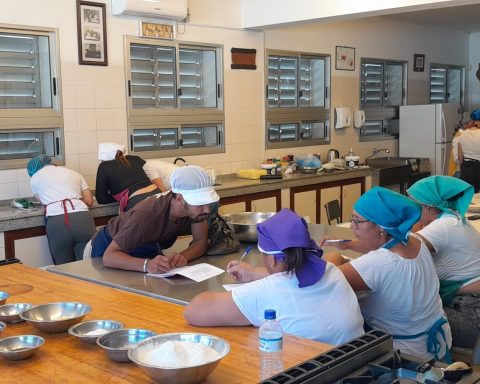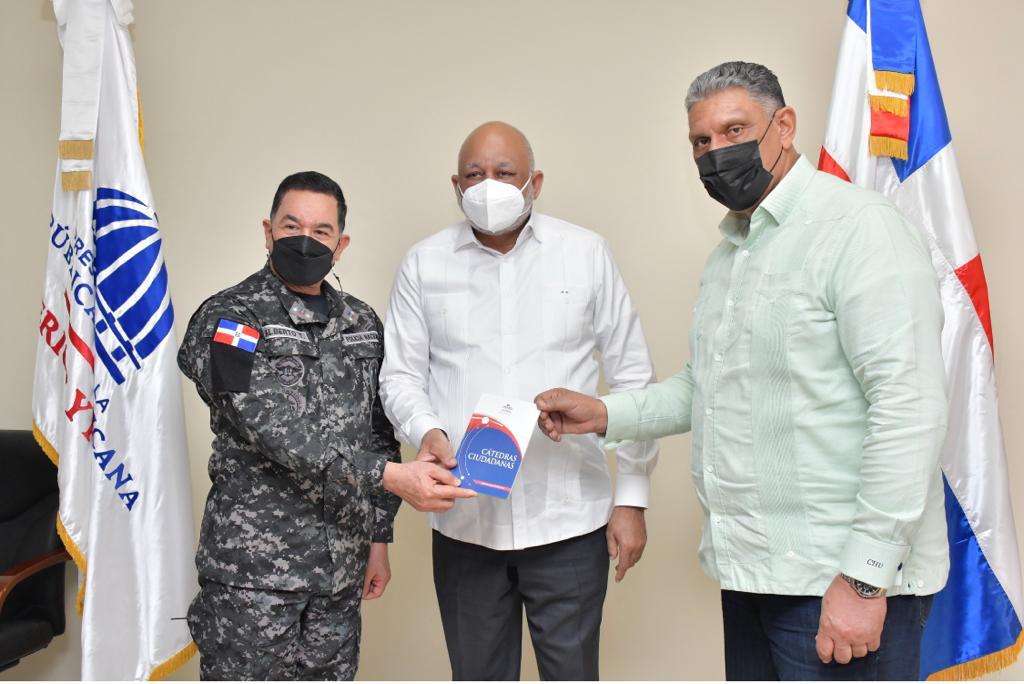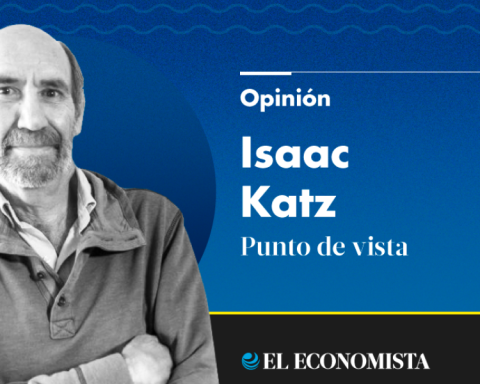Meteorologists José Serra and Matilde Ungerovich affirmed that the month of January was presented with “atmospheric anomalies” that generated phenomena that “have not been observed in the last 40 years.”
Jose Serracommented consulted by The Observerthat in the last month – also taking the last week of December – there were three episodes that produced atmospheric instability that continued throughout the monthwhich was three heat waves. The second wave, from January 12 to 14, presented significant anomalies in terms of temperatures as well as its “unusual” extension in time.
On this point, Matilda Ungerovichexplained to The Observerthat temperatures reached highs above normal across the country. He identified that there was a 3°C rise above the mean temperature in the Northeast. According to the expert, this increase presents a “very high anomaly” which is reflected in both the minimum and maximum temperatures. Regarding the latest ones, he said that “they greatly exceeded the average maximum temperatures for January.”
He also added that the maximum temperature recorded in January of this year was 44°C in the department of Floridato. prior to thisthe last maximum temperature that occurred in Paysandu in 1943.
Both meteorologists argued that the appearance of these heat waves caused the creation of a mass of warm and humid air that affected the entire country, increasing the probability of unstable eventsas was the case with the extreme rains starting on January 17.
As Serra reported, the rainfall occurred in an “irregular and uneven” way, with extensive rains in some localities, as is the case of Piriápolis, Montevideo and Canelones, where 100 millimeters were exceeded in three hours (two and a half times more than the monthly average value). A “totally” unusual situation, concluded the meteorologist.
Ungerovich added that the pprecipitations had been higher than normal throughout the country. “In the south it normally rains 120 millimeters in January and in the north 140 millimeters, while this year more than 400 were registered in the departments of Montevideo and Lavalleja,” explained the graduate in Atmospheric Sciences, noting that the first 15 days of the month the rains were scarce so the high accumulated monthly rainfall occurred only in the second fortnight of January.
According to the specialist, the atmosphere continued to be somewhat unstable because, despite the extensive rains, it was not possible to remove all the moisture from the air mass that crossed the territory, “so it continued to rain until January 19.”
Serra spoke about the consequences of an unstable month, where extreme rains “they did not reverse the water deficit situation” produced by heat waves. This situation led to a problem in the farmer and rancher areawhere both heat waves and extreme rains greatly complicated production.
From January 20 to 23, a new heat wave occurred in the north of the Rio Negro, generating maximums of up to 40.6°C. This situation, added to the already meteorological instability that prevailed in the territory and could not stabilize, brought a new extreme precipitation on January 22 that covered the entire country, accumulating 130 millimeters of rain in Florida, Ungerovich explained.
Finally, at the end of the month, a cold frontAlthough it was not very intense, it generated sudden changes due to the entry of a mass of air from the south (cold and dry) opposed to the conditions that existed in the region.
As a conclusion, Serra stressed that “Since 2014, an increase in the global average temperature has been observed and the seasons have higher temperatures and instabilities, so it will be more and more common to observe adverse meteorological events: droughts, heat waves, lack and excess of precipitations; the atmosphere lost stability“.
According to the meteorologist, atmospheric variability is the result “of climate change and global warming as well as human activity.” He concluded: “My patient is the atmosphere and I have her at the moment in ICU.”
